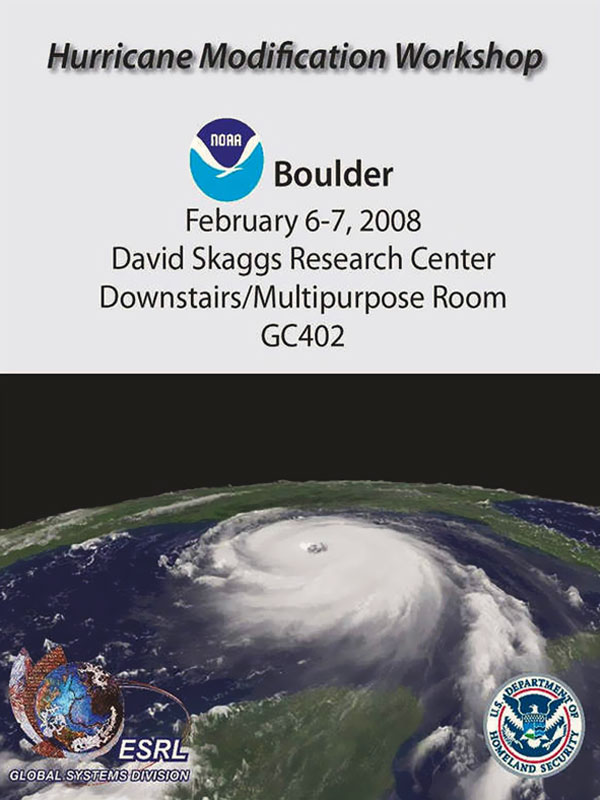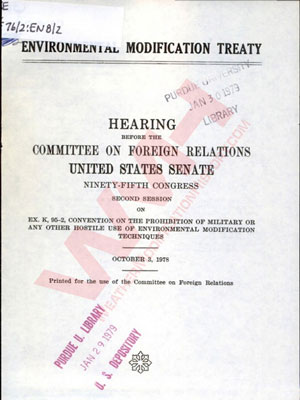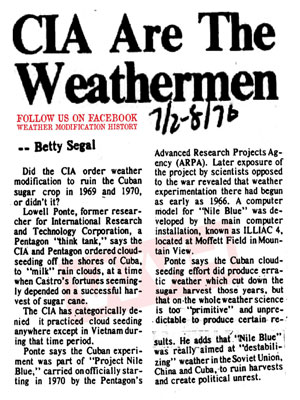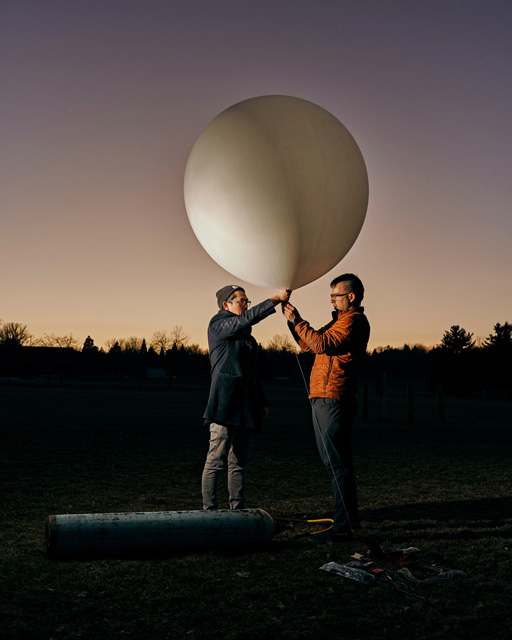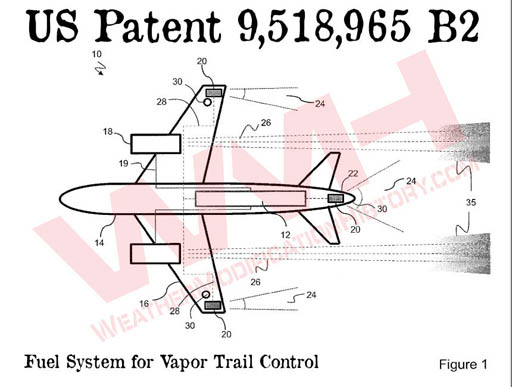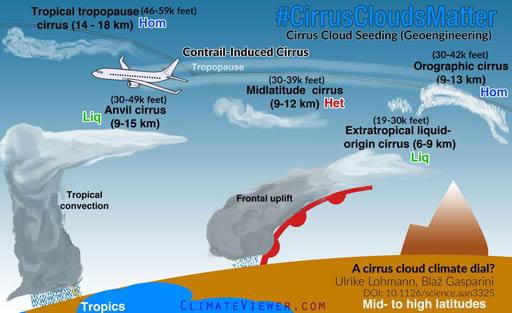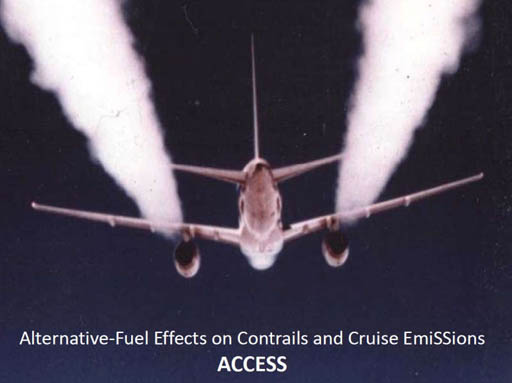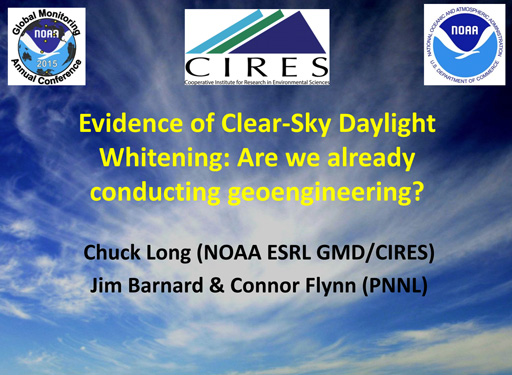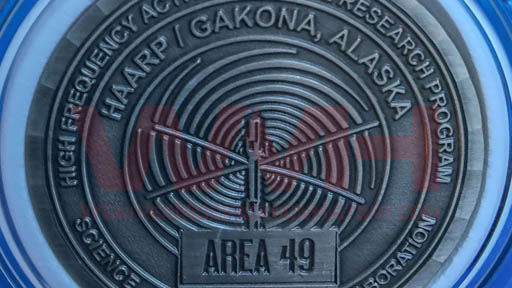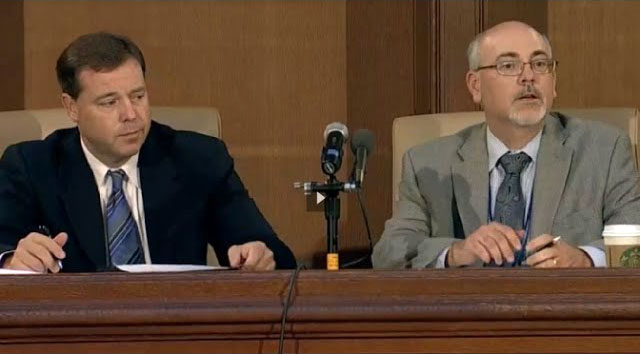Though airborne, BC is known to dissipate and settle down in a few months under the influence of rain and wind and is unlikely to travel upward of 4 km. However, a group of scientists — including from the Indian Institute of Science and ISRO’s Vikram Sarabhai Space Centre — say they now have evidence of such particles existing up to 18 km into the stratosphere and there are about 10,000 of them in every cubic centimetre.
Given the shape and location of these particles, they argue, it could only derive from emissions from aviation fuel and they pose a problem because these black carbon particles can linger long enough to provide a fertile ground for other chemical reactions that can deplete the ozone layer.
Possible climatic implications of high-altitude black carbon emissions https://www.atmos-chem-phys.net/17/9623/2017/
http://indiatoday.intoday.in/education/story/black-carbon-monsoons/1/1026980.html
ClimateViewer News (blog) https://climateviewer.com/
ClimateViewer 3D (map) https://climateviewer.org/
Weather Modification History (timeline) https://climateviewer.com/interactive-timeline/
About Jim Lee: https://climateviewer.com/about/
If you appreciate my hard work, buy me a coffee: https://www.paypal.me/climateviewer
Unless someone like you cares a whole awful lot, nothing is going to get better. It’s not. ~ Dr. Seuss
PLEASE SUBSCRIBE https://www.youtube.com/c/JimLee-ClimateViewer






